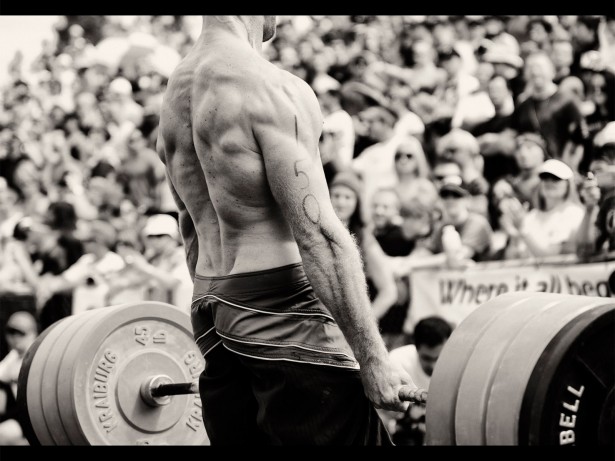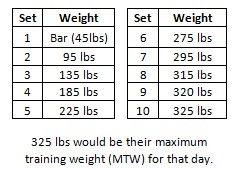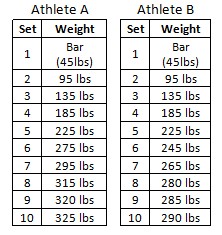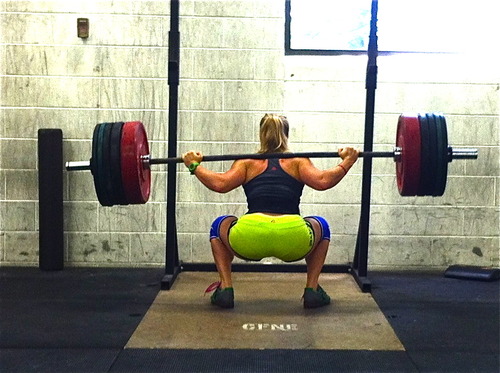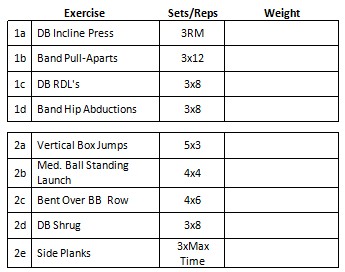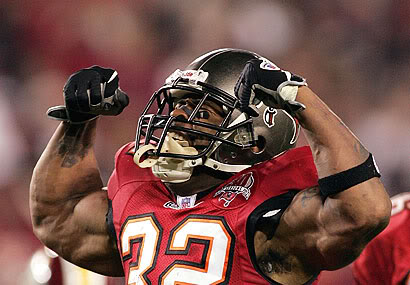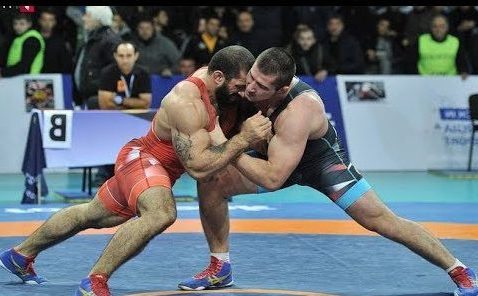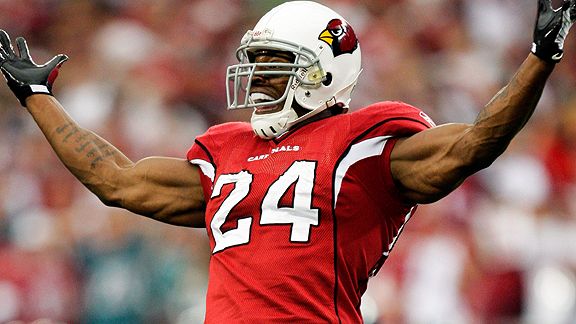In my last article, Why Stronger Athletes Make Better Athletes, I discussed why it is so important for athletes to train for both maximal and usable strength. While that article goes into the explanation of WHY athletes need to train for strength, I did not discuss HOW athletes should train for strength.
In this article I will do just that. I will explain the main method I use with my athletes to help improve their maximal strength. The method that I am referring to is known as the maximal effort method. This article is intended to explain what the max effort method is, why it works, and how to employ it.

WHAT IS THE MAXIMAL EFFORT METHOD?
The maximal effort (ME) method became popular by brilliant powerlifting guru Louie Simmons. For those of you not familiar with Louie, he is the founder of Westside Barbell, a gym that produces some of the strongest powerlifters in the world. If there is a guy who knows a thing or two about developing maximal strength it is Louie.
The ME method is fairly simple, yet extremely effective. It involves lifting the heaviest weight possible for a specific number of repetitions. The athlete will start with a lighter load and gradually increase the weight with each subsequent set until they reach the heaviest weight they can lift for that specific rep. range (I will go into more detail on sets/reps later in the article).
When using the Max Effort method, you want to use compound multi-joint movements that involve a ton of muscle mass (IE squats, deadlifts, presses, chin-ups, etc). This means the athletes should not be performing ME sets of curls, calf raises, wrist curls, or any other isolation exercises.
So in summary, you are essentially picking a compound movement and working up to the heaviest weight that you can lift for that particular day.
WHY THE ME METHOD WORKS (THE SCIENCE BEHIND IT)
So how exactly does training with heavier weights make you stronger? When an athlete trains with heavier weights they see favorable adaptations within their muscle and nervous system. It’s these adaptations (increase in Type II muscle fiber recruitment as well as increase in total motor unit recruitment) that will essentially cause the athlete to become stronger.
One of the major benefits of training with heavier weights is the increased recruitment of Type II muscle fibers. These muscle fibers are also known as fast twitch muscle fibers and play a huge role in athletic ability. These muscle fibers are able to generate much more force than their counterpart Type I muscle fibers.
Any sporting event that involves speed, quickness, and explosion will rely heavily on these Type II muscle fibers. By training with heavier weights we are heavily recruiting and training these muscle fibers. We are also able to convert a small amount of non type II muscle to these fast twitch muscle fibers allowing us to become more powerful and explosive.
Another important, and often overlooked, reason to train with heavy weights is because it better trains the nervous system. Essentially it is the nervous system that controls all of our muscles as well as coordinates our movements. Because of this it is important for athletes to properly train it.
The main benefit of training with heavier weights is the increase in motor unit recruitment. A motor unit consists of muscle fibers and the nerve that innervates (or controls) them. Thus, by increasing motor unit recruitment, we are increasing the total amount of muscle we are using during our training. This allows for a better training effect in the weight room and also teaches the body how to better recruit those motor units during competition. Better recruitment of these motor units will allow an athlete to be more explosive and powerful.
MAX EFFORT TRAINING REPS AND SETS
When using the ME method we keep the repetitions on the lower end. Typically 1-3 reps are performed, however I’ve used up to 5 repetitions (depends on the athlete and their goals). Again, when performing the Max Effort Method the idea is to lift HEAVY weights. It is much easier to lift heavier weights when using lower repetitions.
So how do you determine which rep range to use? It depends on the athlete’s goals. Typically the lower the rep range the greater the strength gains. So if increasing maximal strength is your top priority, then performing sets of 1-3 repetition are best. If the athlete’s goal is to increase strength as well as put on some muscle mass, then performing slightly higher reps is best (3-5 reps).
As stated earlier when performing the ME method, the athlete start out with a lighter load and gradually increase weight until they reach their maximal training weight (MTW). MTW refers to the heaviest weight the athlete can lift for the desired rep range for that particular day.
Here’s an example of an athlete using the ME method for the squat. The athlete would start by warming up with the bar, then gradually add weight to the bar making each set heavier and heavier. The athlete would continue to do this until they reached the heaviest weight that they can complete, with proper form, for the given rep range. If they were training for a 3 repetition max (3RM) it might look something like this.
As you can see, when using this method there is no pre-determined amount of sets planned. Rather, the sets are determined by how high the athlete climbs in weight for that particular day. Now just because an athlete might be weaker does not mean that they would necessarily perform less sets, it simply means they would have to make smaller jumps in weight as they climb to their MTW. Here’s an example below:
As you can see, once the athlete starts to approach their MTW, the weight increases from set to set starts to become smaller and more gradual. I tell our athletes that once the weight starts to feel heavy and bar speed becomes slower, to make the jumps more gradual.
Related: The Dynamic Effort Method For Athletic Power
MAX EFFORT TRAINING REST INTERVALS
There is no set amount of time between sets. Rather the goal is to be fully rested going into your next set. The ME method is very taxing on the body (particularly the nervous system) and will require longer rest intervals between sets for proper recovery. This is especially true as the athlete climbs closer to their MTW.
Longer rest intervals may be needed as the weight increases. As the athlete nears their MTW it may require up to 3-5 minutes for full recovery. Remember, the goal of the ME method is to climb up to the heaviest weight possible, therefore it is important to take the required amount of time between sets for optimal performance.
PROGRAMMING ME INTO YOUR TRAINING
When incorporating the ME method into your training program, there are a couple of guidelines to follow. Always put ME training at the beginning of your training session. This will ensure the athlete is fully rested which is essential for this type of training. Remember the goal is to climb to heaviest weight as possible for that particular movement. This is best accomplished first thing in the training session.
Because the ME method is so taxing on the body, it is recommended that athletes only perform this method for one upper body movement and one lower body movement per week. This will allow the body to properly recover for the ME training the following week. Also, perform the ME lower movement and ME upper movement on different training days.
When using the max effort method it is suggested to change exercises every couple weeks to prevent the body from adapting to the movement pattern and plateauing. What this means is that the athlete should not be performing ME squats for 12 straight weeks. Rather vary the exercises as needed. When you should change the exercise will depend on the athlete. When the athlete’s progress begins to stall, it is a good idea to switch to another movement.
As a rule of thumb, athletes with less training experience can often get away with performing the same movement for a longer period of time while still seeing gains. An advanced athlete (more training experience) on the other hand may plateau earlier and will need to change exercises more frequently. Below is an example of how you might rotate ME lower body exercises for a novice athlete and an advanced athlete.
Again, when programming max effort methods into an athlete’s training program it is important to put them at the beginning of the training session. With the longer rest intervals involved with performing the max effort method, I often superset the ME movement with other exercises.
This helps to increase efficiency in the weight room. However, if you do decide to superset exercises, it is important to pick exercises that will not negatively affect the athlete’s performance for the ME movement. Below is an example of how to incorporate the ME upper body method into an athlete’s total body training session.
As you can see the DB Incline Press is the ME upper body movement that is being performed for a 3 repetition max. I have exercises supersetted that will not negatively affect the athlete’s performance with the DB Incline Press. This allows the athlete to get more work done in less time (increase training efficiency), again while not inhibiting performance for DB Incline press.
Lastly, because the max effort method is very taxing on the body, an athlete may need to omit it from their workout week from time to time (deload week). Generally, every 4-5 weeks an athlete may need to replace the ME movement with another similar (yet less intense) movement pattern. An example would be replacing ME bench press with push-ups for higher repetitions.
The deload week will be dependent on the athlete, but a good rule of thumb is to take a deload week when an athlete is either feeling “beat up” or they see a decline in their performance in the weight room.
SUMMARY
- The max effort method involves an athlete performing a compound movement (think squats, bench press, etc) while gradually working up to the heaviest load that they can perform that day for the desired repetition range. The weight that they reach for that particular day is referred to as their maximal training weight (MTW).
- Lifting with maximal weight allows favorable adaptations to take place within the muscle and nervous system of the athlete. More specifically, this type of training will increase type II muscle recruitment as well as increase more total motor units. Both of these will lead to a stronger and more powerful athlete.
- When performing the max effort method, it is important to keep repetitions low (between 1-5) and keep rest intervals as long as needed. As the athlete climbs in weight, they will probably need longer rest intervals to properly recover between sets.
- Perform one upper and one lower ME movement per week, but not on the same day. And always perform the movement first in the workout.
- Take a deload week when necessary to allow proper recovery. A deload week often times will allow an athlete to come back fresh the following week and allow them to continue their progress in the weight room.
BY BOBBY FIORITTO MS, CISSN

Bobby Fioritto is the founder and president of Elite Sports Performance, one of Cleveland, Ohio’s most respected athletic training facilities. He holds a Master’s degree in Exercise Physiology from Kent State University and is a Certified Sports Nutritionist (CISSN) and Youth Nutrition Specialist.
Bobby has trained athletes at every level, from youth competitors to elite professionals, delivering measurable improvements in strength, speed, and performance. His science-based approach combines strength and conditioning, nutrition, and recovery strategies to help athletes excel both on and off the field.
Learn more at www.BobbyFioritto.com.

